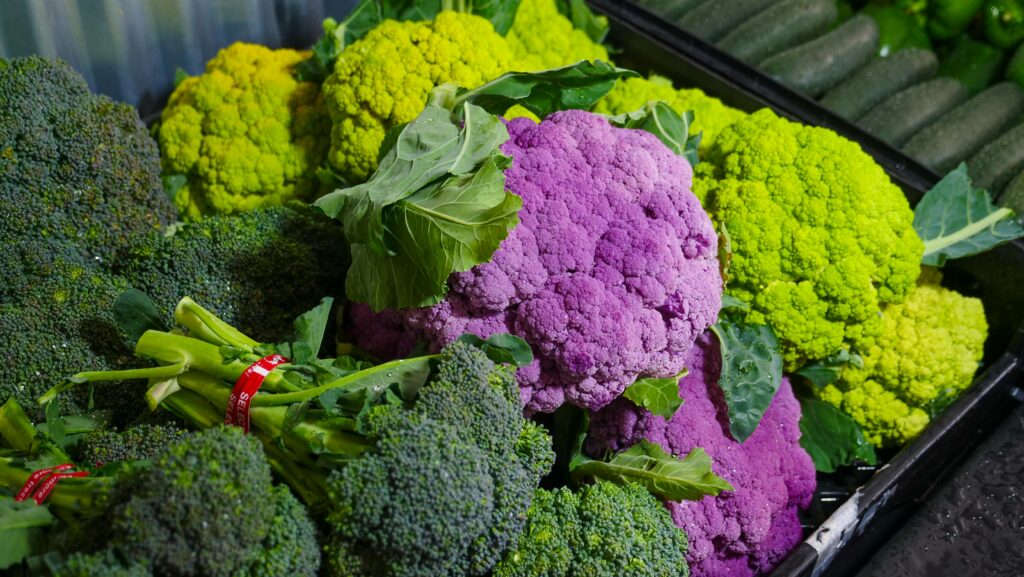When you want a meal that’s complete with the most valuable classes of food, then you think about vegetables. They are filled with most nutrients, as they contain vitamins, minerals and antioxidants. Vegetables are among plants that are consumed by both humans and animals as food.
Now, many will assume that when vegetable is mentioned, that it means the typical pumpkin used to prepare some African native soup. No, vegetables can generally be the flowers, fruits, stems, leaves, roots, or seeds of the plant. They include savory fruits such as tomatoes and courgettes, flowers such as broccoli and seeds such as pulses.
Vegetables have a vast collection of usefulness; a great variety of vegetables can be cooked, baked, cooked with meats grains. We will talk about 16 popular vegetables that you should include in your daily meals in this article. These vegetables may include the likes of: Tomatoes, Spinach, Kale, pumpkin leaves, carrots, potatoes, etc.
16 Popular And Essential Vegetables
Popular vegetables are well-known vegetables that are generally used in many countries and even continents. In your pursuit for a balanced diet, vegetables are essential in order to achieve a healthy diet.
They are known to be a rich source of many nutrients like; vitamins, minerals, fiber, and antioxidants, that help maintain good health and prevent various diseases.
Furthermore, vegetables have the unique feature of being able to be roasted, fried, steamed, boiled and also used to prepare soups, stews or other foods. While most vegetables can also be enjoyed raw, some vegetables are used for medicinal purposes because they have high therapeutic and prophylactic properties.
1. Tomatoes
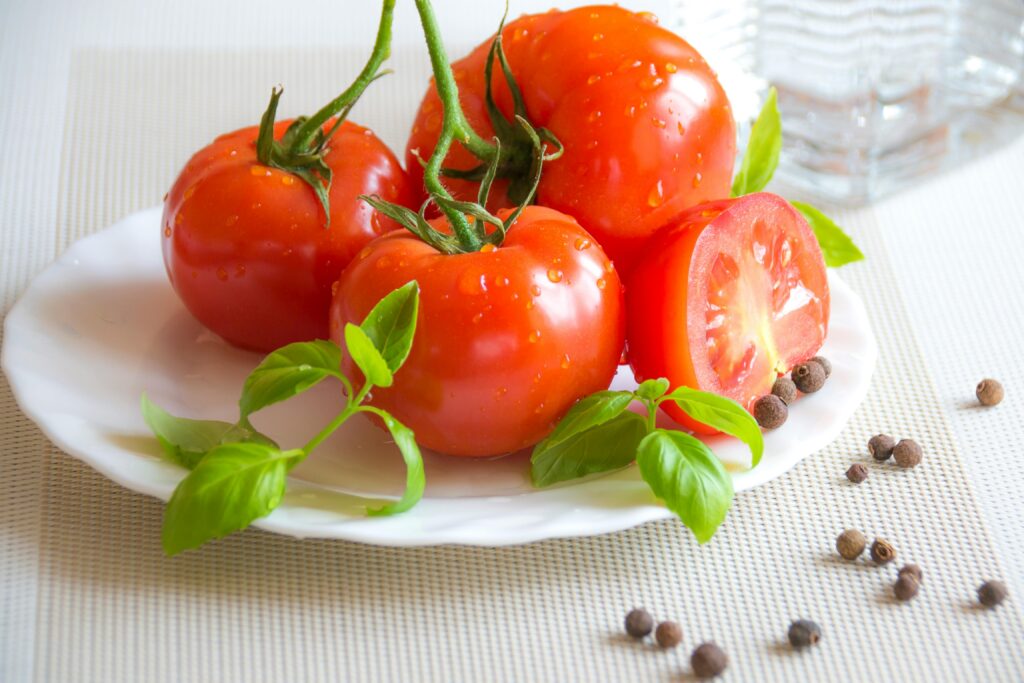
Around the world today, tomatoes are one of the most widely consumed vegetables, as you can also see them fitting into all the meals we want to prepare. They are nutritiously valuable and they possess the following properties:
- Low in calories
- High in vitamins A and C
- High in potassium
- Have a lot of antioxidants, like lycopene.
Lycopene is a high-performing nutrient that is beneficial for heart health and may reduce the risk of certain cancers. One interesting fact is that tomatoes can be eaten raw, cooked, or processed. Tomatoes are popularly used in a variety of dishes, including salads, sauces, and stews.
2. Spinach
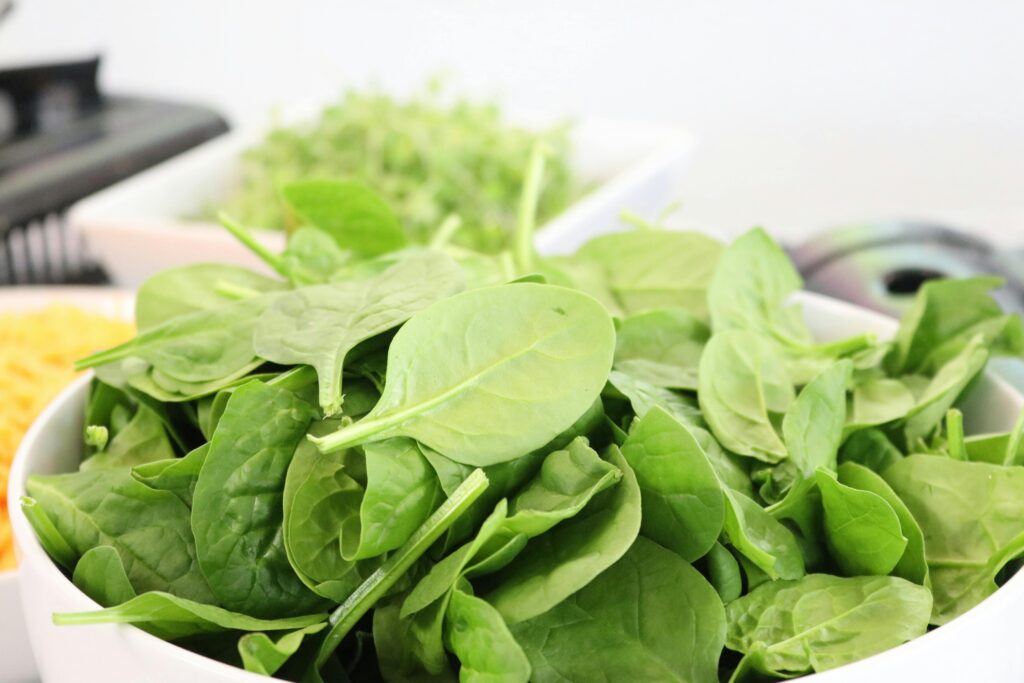
Spinach is rich in antioxidants, in vitamins A and K, vitamins C, iron, calcium and low in calories. It has numerous health benefits, which includes the ability to improve bone health, reduce inflammation and promote eye health. Spinach can be eaten raw in salads, cooked in dishes like spinach and ricotta stuffed pasta.
3. Carrots
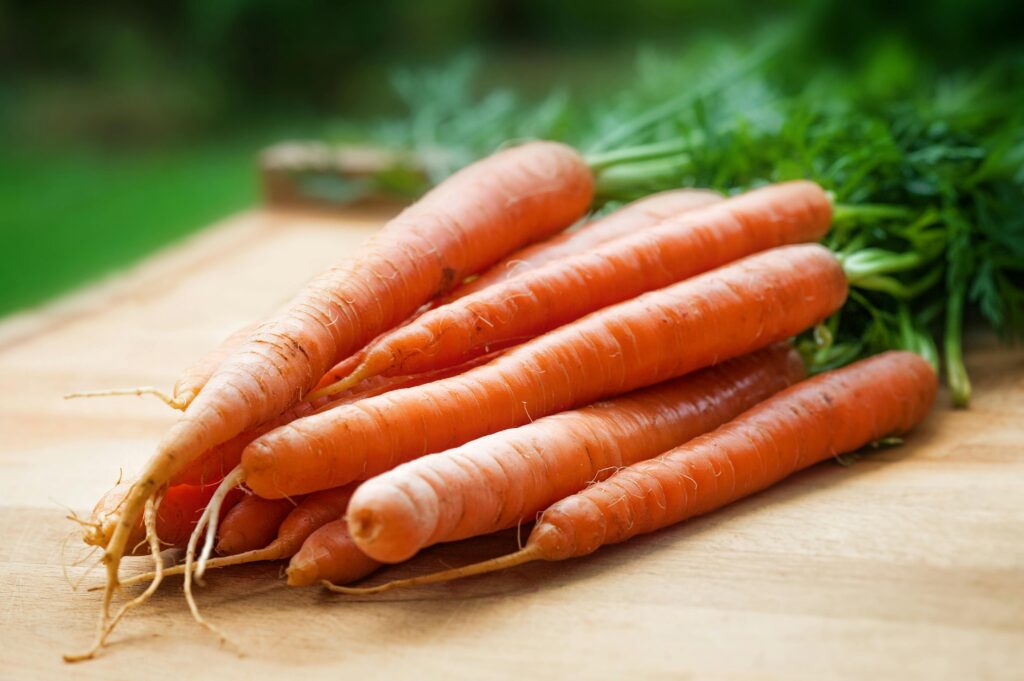
Carrots are well-known for their high vitamin A content, which is essential for maintaining good vision and a healthy immune system. They are also helpful in producing beta-carotene, and in cancer prevention.
They also provide fiber, potassium and antioxidants in the bones and muscles of the body. Carrots can also be eaten raw, cooked or juiced and are commonly used in soups, stews, and as a side dish or snack.
4. Broccoli
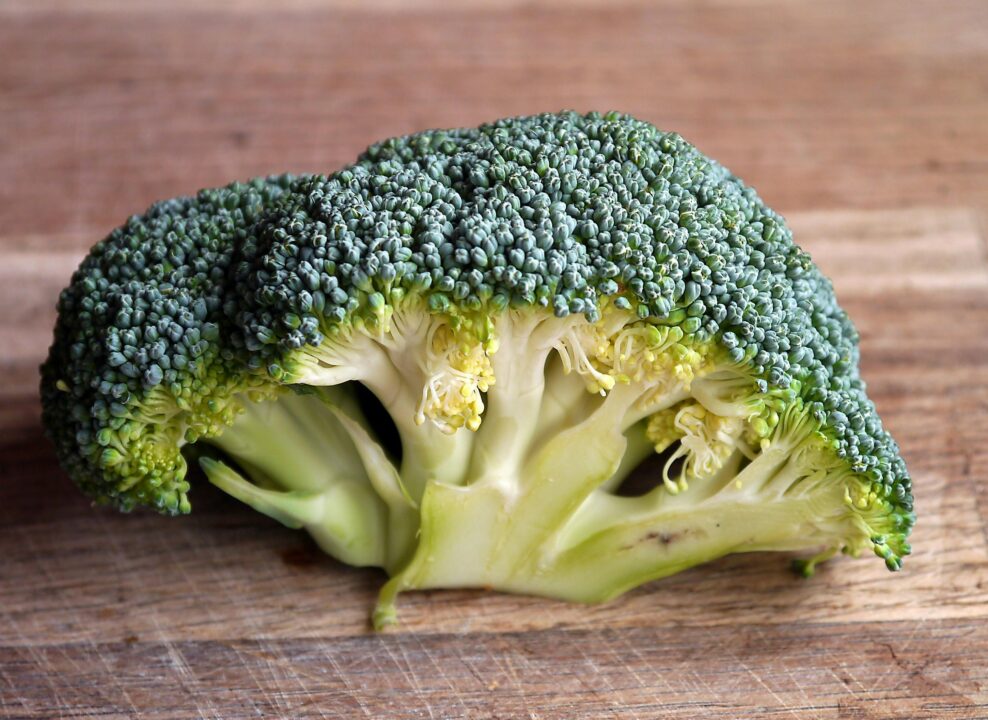
Broccoli is a nutritious vegetable that is rich in vitamins and minerals like vitamin C, vitamin K1, folate, potassium and manganese. But it also contains some health-promoting compounds, like:
- Sulforaphane
- Indole-3-carbinol
- Carotenoids
- Kaempferol
- Quercetin, which is known for their antioxidant properties and potential cancer-fighting benefits.
Cooking broccoli can be simple; for sautéed broccoli, chop into florets, cook in hot oil for about 8 minutes, season with salt, pepper, and garlic powder, and serve hot. Broccoli can also be eaten raw, steamed, roasted, or stir-fried and is often used in salads, side dishes, and casseroles.
2. Potatoes
Potatoes are a very rich but affordable source of carbohydrates, fiber and various vitamins and minerals, including potassium, vitamin C, and vitamin B6. They can come in different forms according to their taste, but the normal potato tastes a little bit sugary compared to other potatoes, which are not good for diabetics.
Potatoes are ordinarily like most carbohydrates boiled, baked, fried, or mashed and are used in numerous dishes around the world. Some popular dishes potatoes are used to make include:
- Mashed potatoes
- Roasted potatoes
- Potato soup
- Potato salad
- Potato pancakes (latkes)
- Potato scones
- Pierogi
- Shepherd’s pie
- French fries
- Jacket potatoes
- Potato pizza.
- Potato gratin.
Whether you prefer them crispy, creamy, or in a hearty stew, potatoes are known as a very valuable ingredient that can elevate any meal.
6. Onions
Onions are a staple ingredient in many dishes and are very much valued due to their strong flavor and numerous health benefits. They contain various vitamins and minerals, including vitamin C, vitamin B6, and potassium.
Onions also have anti-inflammatory and antioxidant properties that may help reduce the risk of heart disease and certain cancers. They can be used in a wide range of dishes, such as stir-fries, salads, and sauces.
7. Garlic
Garlic is another popular seasoning that adds flavor to many dishes. With a great distinction from other vegetables due to its strong seasoning prowess and scent. It is rich in various nutrients like; vitamin C, vitamin B6 and manganese.
Garlic also has several health benefits, such as lowering blood pressure and increasing the level of cholesterol in the body. It can be consumed raw, it can be cooked, and majorly it is used in supplementary forms, often used in marinades, meat dressings and sauces.
8. Lettuce
Lettuce is a leafy vegetable used in various dishes ranging from salads to soups and wraps. It’s rich in water, low in calories, and is a good source of vitamin K, with darker varieties like romaine offering additional nutrients such as vitamin A and calcium.
The high water content in Lettuce helps in hydration and satiety, making it a valuable addition to weight management diets and is a good recommendation for obese patients. It is commonly used in salads, sandwiches and wraps, providing a fresh and crunchy texture.
9. Cauliflower
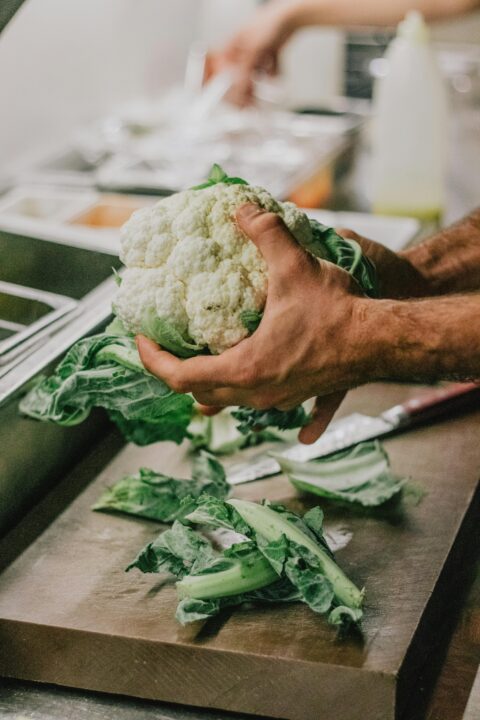
Cauliflower is another cruciferous vegetable that is low in calories and high in vitamins C and K, fiber and antioxidants. As most vegetables, they are very good for the eye and for the build up of the immune system.
It can be added in some dishes as a complimentary season, like cauliflower rice, cauliflower pizza crust, and cauliflower steaks. Cauliflower can be enjoyed raw, steamed, roasted or pureed in soups and sauces.
10. Bell Peppers
Bell peppers are also known as capsicums. They are colorful vegetables that are low in calories and high in vitamins A and C, potassium and antioxidants. Bell peppers come in various colors, including green, red, yellow, and orange, with red bell peppers being more nutritional.
Bell peppers can be eaten raw in salads, cooked in stir-fries or grilled as a side dish or snack. Despite their supposed hotness, as all pepper should have, still they can be eaten raw.
11. Green Beans
Green beans, or string beans, are a popular vegetable that is low in calories and high in vitamins A, C and K, as well as fiber. They can be eaten raw, cooked, or canned and are often used in salads, side dishes and casseroles.
12. Zucchini
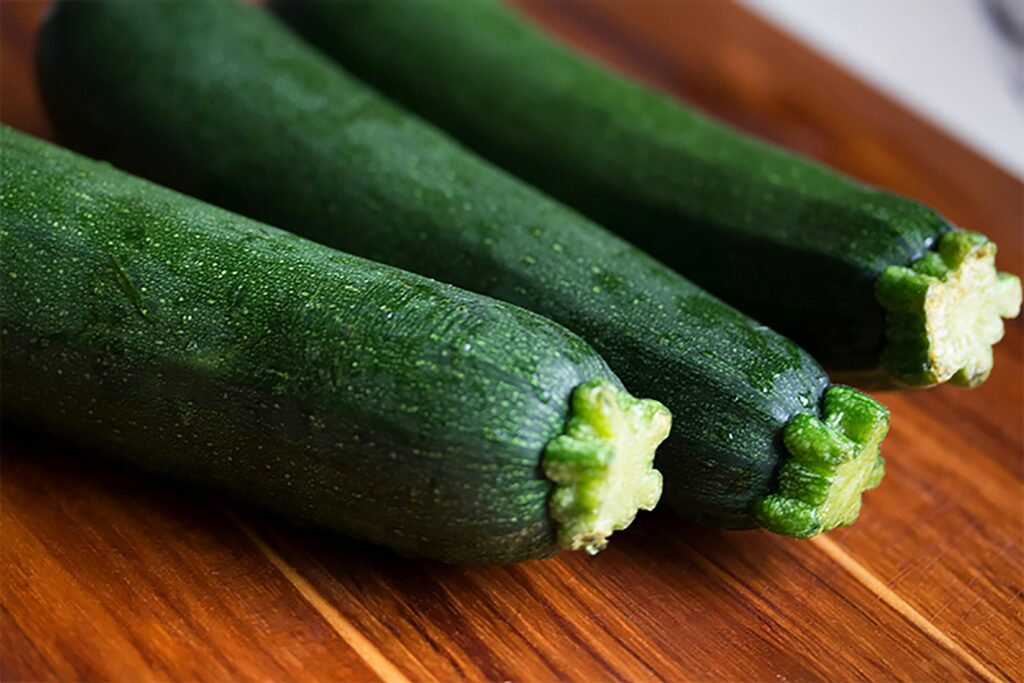
Zucchini is a nutritious summer squash that can be enjoyed in various dishes. They are rich in vitamins, minerals, and antioxidants like carotenoids. A complimentary value of this vegetable is that it supports eye and skin health and may offer protection against certain cancers
It can be cooked in soups, stews, salads, baked goods, and more. They help improve digestion, lower blood pressure, and reduce cholesterol levels.
13. Eggplant
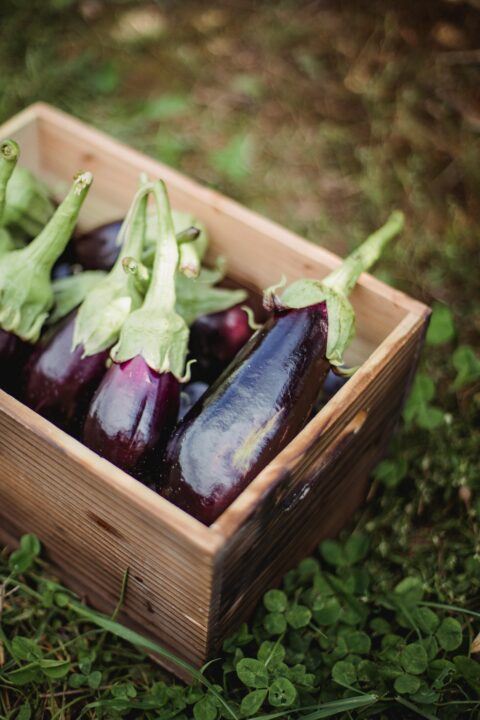
Eggplant is a purple-skinned vegetable that is low in calories and high in dietary fiber, vitamins B6 and K, and antioxidants. It has a unique texture and can be cooked in various ways.
Adding eggplants into your diet can help support the health of your heart, help maintain your blood sugar level, and aid in weight management. Eggplants are a valuable addition to a healthy eating plan.
14. Sweet Potatoes
Sweet potatoes are a popular alternative to regular potatoes due to their sweet taste and nutritional benefits. They are high in vitamins A and C, fiber, and antioxidants, including beta-carotene.
Sweet potatoes can be baked, roasted, mashed, or used in desserts like sweet potato pie. They can be enjoyed as a side dish or main ingredient in various recipes.
15. Cabbage
Cabbage is a cruciferous vegetable that is rich in the following:
- Low-calorie
- Vitamins C & K
- Fiber
- Antioxidants
- Heart health
- Cancer prevention.
It comes in various colors, including green, red, and purple, with each color offering slightly different nutritional profiles. Cabbage can also be eaten raw in salads, cooked in stir-fries, or is used to make sauerkraut and other fermented dishes.
16. Pumpkin
A pumpkin is a cultivated winter squash in the genus Cucurbita. It is a large rounded orange yellow fruit with a thick rind. Its leaves are very popular and essential vegetables that are cultivated all year round.
They are valued as green in parts of Asia and Africa, where they are used for soup, sauce, porridge and other foods. Pumpkin leaves are a source of
- Calcium
- Iron
- Folate
- Magnesium
- Phosphorus
- Potassium
- Manganese
- Vitamin A
- Vitamin B
- Vitamin C.
How To Wash Vegetables Before Use
Before use, you wash your food stuff, but I’m the case of vegetables, washing it before use is not like other normal food stuff. To wash vegetables before use, follow these steps:
- Firstly, wash your hands thoroughly with soap and water.
- Make sure you use cold water to wash vegetables under running water, avoiding soaking them.
- Do not exaggerate the need for cleanliness and then try to not use soap, bleach, or hot water.
- For vegetables that are firmer, scrub with a soft bristle brush. And for delicate and soft vegetables like pumpkins, you gently rub with your fingers.
- Dry the produce completely before consumption.
How To Store Vegetables
Also, if immediately after harvesting or buying you intend to use the vegetable later and not immediately, this is what to do. Try following these guidelines.
1. Refrigerate Unwashed
Do not wash vegetables immediately; store them unwashed until ready to eat.
Refrigeration Tips
Store washed vegetables in containers that have holes for the passage of air. Also, you can put them inside bags in the refrigerator drawer, ensuring proper airflow to prevent spoilage.
2. Counter Storage
Some fruits and vegetables emit ethylene gas. Hence, you have to store them on the counter in separate bowls with airflow to slow ripening.
3. Avoid Sealed Containers
Do not store fruits in sealed containers. use vegetable storage bags for proper ventilation.
4. Store Root Vegetables Separately
Remove tops from root veggies. And store them separately in plastic bags with a damp paper towel to prevent wilting.
Conclusion
It is very important you know a wide range of vegetables, so you have a wide variety of different vegetables to make sure that you’re getting all the nutrients your body needs to thrive. Vegetables help you live a healthier life and maintain a healthy weight. It provides the body with essential nutrients that work to build immunity.
